Home>Garden Essentials>How Long Does It Take For Dianthus To Germinate
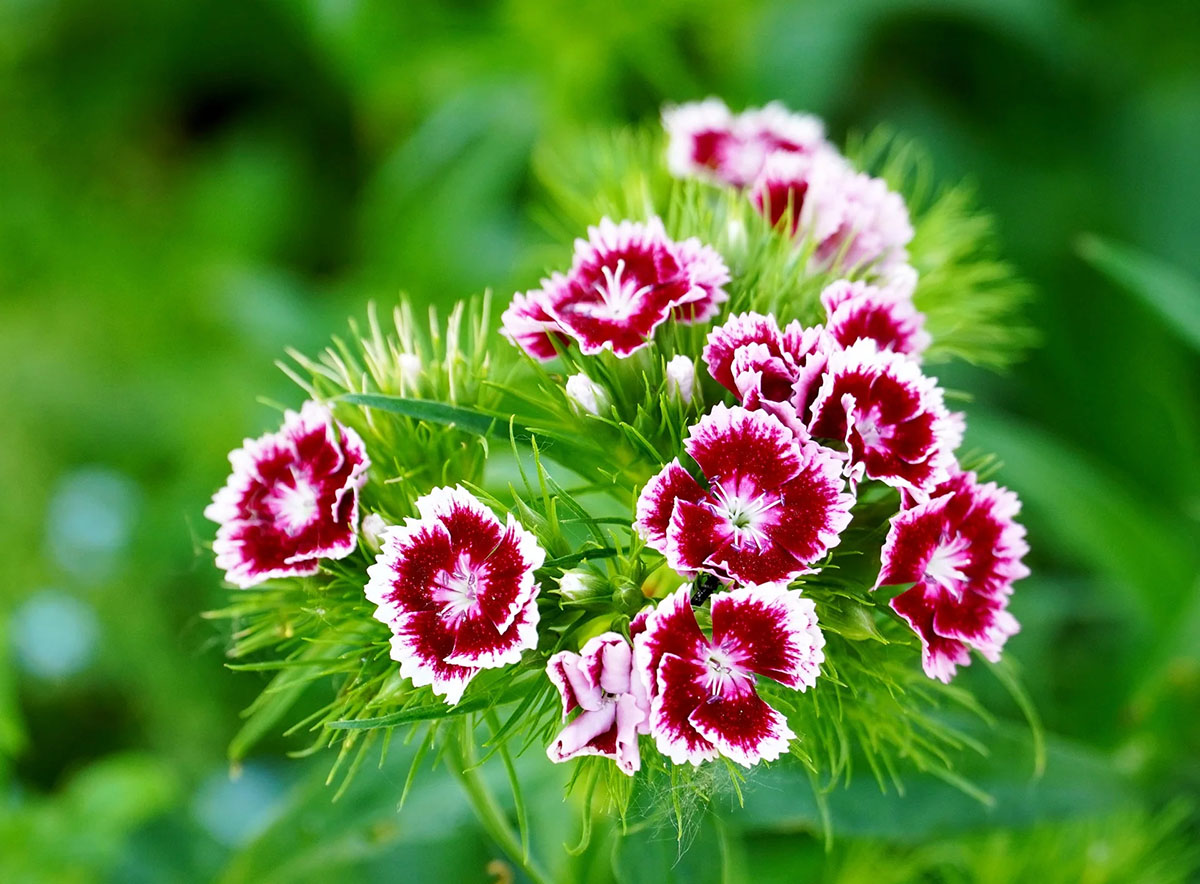

Garden Essentials
How Long Does It Take For Dianthus To Germinate
Modified: March 16, 2024
Learn how long it takes for Danthus seeds to germinate in your garden, and get expert tips for successful germination.
(Many of the links in this article redirect to a specific reviewed product. Your purchase of these products through affiliate links helps to generate commission for Storables.com, at no extra cost. Learn more)
Introduction
Welcome to the world of gardening! If you have recently acquired some Dianthus seeds and are eager to see them sprout, you may be wondering how long it takes for Dianthus to germinate. The germination process is an exciting and essential step in growing your own beautiful Dianthus plants.
Dianthus, also known as “pinks” or “carnations,” are popular flowers that are loved for their vibrant colors, delightful fragrance, and unique petal patterns. They come in a variety of species and cultivars, making them a versatile choice for any garden.
Germination is the process by which a seed transforms into a seedling and begins its journey towards becoming a mature plant. This process is influenced by various factors, such as temperature, humidity, light, and soil conditions. Understanding these factors and providing the ideal environment for germination will help you achieve successful results.
In this article, we will delve into the germination process of Dianthus seeds, factors that can affect germination time, the average time it takes for Dianthus to germinate, and some tips for ensuring successful germination. So let’s get started and uncover the mysteries of Dianthus germination!
Note: The information provided in this article is applicable to most Dianthus species and cultivars. However, it’s always a good idea to refer to specific instructions provided with your Dianthus seeds or consult local gardening experts for any plant-specific requirements.
Key Takeaways:
- Dianthus seeds typically take 7 to 21 days to germinate, but some may take longer. Patience and proper care are key to successfully growing these vibrant and fragrant flowers from seeds.
- Factors like temperature, moisture, and seed quality can affect Dianthus germination. Following specific instructions for the species or cultivar and providing optimal conditions will improve the chances of successful seed sprouting.
Read more: How Long Does It Take Catnip To Germinate?
What is Dianthus?
Dianthus is a genus of flowering plants belonging to the Caryophyllaceae family. This genus includes a diverse range of species, cultivars, and hybrids that are widely appreciated for their beauty and fragrance. The name “Dianthus” is derived from the Greek words “dios” meaning divine, and “anthos” meaning flower, reflecting the exquisite nature of these blooms.
Dianthus plants are perennial, biennial, or annual, depending on the species. They are native to Europe, Asia, and Africa, but have been cultivated and naturalized in many regions worldwide due to their popularity as ornamental plants.
One of the distinguishing features of Dianthus plants is their attractive, fringed petals, which come in a range of colors including white, pink, red, and even bi-colored varieties. The flowers are often sweetly scented, adding another dimension of appeal to their overall charm.
Dianthus plants come in various forms, including compact mat-forming varieties, upright varieties, and sprawling or trailing types. This makes them suitable for various garden settings, including flower beds, rock gardens, containers, and borders.
In addition to their aesthetic value, Dianthus plants also play a significant role in cultural and symbolic contexts. They are often associated with love, loyalty, and affection and have been used in a variety of occasions, such as weddings, celebrations, and as gifts.
Overall, Dianthus is a fascinating genus of flowering plants that brings beauty, fragrance, and symbolic meaning to any garden. Whether you are a seasoned gardener or a beginner, growing Dianthus plants is a rewarding and enjoyable experience.
Germination Process of Dianthus Seeds
Germinating Dianthus seeds requires a bit of patience and attention to detail, but the process itself is relatively straightforward. Here is a step-by-step guide to help you understand and navigate the germination process of Dianthus seeds:
- Preparing the seeds: Start by selecting high-quality Dianthus seeds from a reputable source. Ensure that the seeds are fresh and free from any signs of damage or disease. If you have collected seeds from existing Dianthus plants, make sure to dry them properly before storing.
- Soil preparation: Dianthus seeds thrive in well-draining soil with a slightly acidic to neutral pH. Prepare a seed tray or small pots with a seed-starting mix that is lightweight and provides good aeration for the roots. Avoid using heavy garden soil, as it can lead to poor drainage and hinder germination.
- Sowing the seeds: Gently sprinkle the Dianthus seeds over the prepared soil surface. Be careful not to sow the seeds too densely, as this can lead to overcrowding and competition for resources among the seedlings. Lightly press the seeds into the soil or cover them with a thin layer of vermiculite or fine sand to improve moisture retention.
- Moisture and temperature: Maintaining the right moisture and temperature conditions is key to successful germination. Keep the soil consistently moist but not waterlogged. It’s recommended to water the soil from the bottom by placing the seed tray in a shallow tray of water for a few minutes. Dianthus seeds prefer temperatures around 60 to 65 degrees Fahrenheit (15 to 18 degrees Celsius) for optimal germination.
- Light requirements: Dianthus seeds do not require light to germinate and can actually benefit from darkness during this stage. You can cover the seed tray or pots with a clear plastic dome or place them in a dark location. Once the seeds have germinated and seedlings have emerged, gradually introduce them to light by removing the cover gradually over a few days.
- Germination period: Depending on the specific Dianthus species or cultivar, germination can take anywhere from 7 to 21 days or even longer. It’s important to note that not all seeds may germinate at the same time, so be patient and give them adequate time to sprout.
- Transplanting: Once the Dianthus seedlings have developed their first set of true leaves and are large enough to handle, you can transplant them into individual pots or into the garden bed. Be gentle when handling the delicate seedlings and ensure that they are adequately spaced to allow for proper growth and airflow.
By following these steps and providing the optimal conditions for germination, you can increase the chances of success in growing healthy and thriving Dianthus plants from seeds. Remember to monitor the soil moisture, temperature, and light conditions throughout the germination process to ensure the best possible outcomes.
Factors Affecting Germination Time
The germination time of Dianthus seeds can be influenced by several factors. Understanding these factors will help you create the ideal germination conditions and improve the chances of successful seed sprouting. Here are some key factors that can affect the germination time of Dianthus seeds:
- Temperature: Temperature plays a crucial role in seed germination. Dianthus seeds generally prefer moderate temperatures between 60 to 65 degrees Fahrenheit (15 to 18 degrees Celsius) for optimal germination. Temperature fluctuations or extremes can slow down the germination process or hinder it altogether. Providing a consistent and favorable temperature can significantly improve germination success.
- Moisture: Adequate moisture is vital for seed germination. Dianthus seeds need consistent moisture to soften the seed coat and trigger the germination process. However, excess water or waterlogged conditions can lead to rot or fungal diseases. Finding the right balance and keeping the soil evenly moist without being overly saturated is crucial for germination success.
- Light: Dianthus seeds do not necessarily require light to germinate. In fact, they may even benefit from darkness during this stage. Keeping the seeds in a dark location or partially covered can enhance germination rates. Once the seeds have sprouted and the seedlings have emerged, gradually introduce them to light to support their growth and development.
- Soil quality: The quality of the soil or growing medium used for germinating Dianthus seeds can significantly impact germination. The soil should be well-draining to prevent waterlogging, as excessive moisture can lead to seed rot. Using a seed-starting mix that is lightweight, provides good aeration, and retains some moisture is ideal for optimal seedling development.
- Seed quality: The quality and viability of the Dianthus seeds themselves can also affect the germination time. Fresh and high-quality seeds have a higher chance of germinating successfully and within a reasonable time frame. It’s best to source your Dianthus seeds from reputable suppliers or collect seeds from healthy and vigorous plants to ensure optimal germination rates.
- Seed dormancy: Some Dianthus species or cultivars may have seeds with natural dormancy mechanisms that delay germination until specific conditions are met. These conditions can include a period of cold stratification (exposure to cold temperatures) or scarification (breaking the seed coat). If you are dealing with seeds that have natural dormancy, following the recommended pre-germination treatments can help break the dormancy and speed up germination.
By taking these factors into consideration and creating an environment that meets the needs of Dianthus seeds, you can optimize the germination process and enjoy successful seed sprouting. Remember that each Dianthus species or cultivar may have specific preferences and requirements, so it’s always a good idea to research and understand the specific needs of the Dianthus seeds you are working with.
Dianthus seeds typically take 7-21 days to germinate. Keep the soil consistently moist and provide plenty of sunlight for best results.
Average Time for Dianthus Germination
The germination time for Dianthus seeds can vary depending on various factors such as species, cultivar, seed quality, and environmental conditions. On average, Dianthus seeds typically germinate within 7 to 21 days, although some seeds may take longer.
It’s important to note that not all Dianthus seeds will germinate simultaneously. Germination is a natural process in which different seeds may have varying rates of development. Some seeds may sprout within a few days, while others may take a couple of weeks or even longer.
The germination time for Dianthus seeds can also be influenced by the specific requirements of the species or cultivar. Some Dianthus seeds may have natural dormancy mechanisms that require specific conditions to be met before germination can occur. These conditions may include a period of cold stratification, where the seeds need exposure to cold temperatures, or seed scarification, which involves mechanically breaking the seed coat to allow moisture penetration. Be sure to research the specific germination requirements for the Dianthus seeds you are working with.
Providing optimal growing conditions can help speed up the germination process. Maintain a consistent temperature of around 60 to 65 degrees Fahrenheit (15 to 18 degrees Celsius) and ensure the soil stays moist but not waterlogged. While Dianthus seeds do not require light to germinate, keeping them in darkness or partially covered until germination occurs can be beneficial. Once the seeds have sprouted and seedlings emerge, gradually expose them to light to support their growth.
Remember that patience is key when waiting for Dianthus seeds to germinate. Monitor the soil moisture, temperature, and other environmental conditions regularly and provide the necessary care to give your seeds the best chance of successful germination. If you find that some seeds are not germinating after a reasonable amount of time, you can try scarification or cold stratification techniques specific to the Dianthus species or cultivar to break the dormancy and initiate germination.
By understanding the average germination time for Dianthus seeds and providing optimal growing conditions, you can successfully grow healthy and vibrant Dianthus plants from seed.
Tips for Successful Dianthus Germination
Growing Dianthus from seeds can be a rewarding and enjoyable experience. To increase your chances of successful germination and ensure healthy seedling development, here are some tips to follow:
- Choose high-quality seeds: Start with fresh, high-quality Dianthus seeds from a reputable source. Ensure that the seeds have not expired and are free from damage or disease.
- Follow proper storage techniques: If you are not planting the seeds immediately, store them in a cool, dark, and dry place to maintain their viability. Proper storage conditions can help preserve the seeds’ quality for future use.
- Prep your soil mixture: Use a well-draining seed-starting mix or create your own by combining equal parts of peat moss, vermiculite, and perlite. This type of soil mixture provides adequate aeration and moisture retention for optimal seed germination.
- Scarification or stratification (if needed): Some Dianthus seeds have hard seed coats that may require scarification or a period of cold stratification to break dormancy. Follow specific instructions for the Dianthus species or cultivar you are growing to ensure successful germination.
- Proper sowing depth: Dianthus seeds are tiny and should not be buried too deeply. Lightly press the seeds into the soil or cover them with a thin layer of vermiculite or fine sand to ensure proper seed-to-soil contact.
- Maintain consistent moisture: Keep the soil consistently moist but not waterlogged. Water your Dianthus seeds from the bottom by placing the seed tray in a shallow tray of water. This prevents excessive moisture on the seedlings’ delicate foliage and helps avoid damping-off disease.
- Provide ideal temperature: Dianthus seeds prefer moderate temperatures around 60 to 65 degrees Fahrenheit (15 to 18 degrees Celsius) for optimal germination. Maintain a consistent temperature by placing the seeds in a warm location or using a seedling heat mat if necessary.
- Monitor and adjust lighting: While Dianthus seeds do not require light for germination, once seedlings emerge, gradually expose them to light. Provide 12-16 hours of bright, indirect light daily to support their growth.
- Thin out overcrowded seedlings: If you have sown multiple seeds in one pot or tray, thin out the weaker seedlings to give the remaining ones enough space, light, and nutrients for healthy growth.
- Transplant with care: When the Dianthus seedlings have developed their first set of true leaves and are large enough to handle, gently transplant them into individual pots or into the garden bed. Handle the delicate seedlings with care to avoid damaging the roots or stems.
- Continue proper care after transplanting: Once seedlings are transplanted, continue to provide adequate watering, sunlight, and nutrients. Dianthus plants prefer well-draining soil, regular watering, and some afternoon shade in hot climates for optimal growth and blooming.
By incorporating these tips into your Dianthus germination process, you will create an optimal environment for successful seed sprouting and healthy seedling growth. With a little patience and care, you’ll soon enjoy the beauty and fragrance of your own flourishing Dianthus garden.
Conclusion
Congratulations! You now have a comprehensive understanding of the germination process of Dianthus seeds. Growing Dianthus from seeds can be a rewarding endeavor, allowing you to witness the miraculous transformation of tiny seeds into vibrant and fragrant flowers.
Throughout this article, we explored what Dianthus is, the factors that can affect germination time, the average time it takes for Dianthus to germinate, and shared valuable tips for successful germination. By following these guidelines, you can increase your chances of achieving successful germination and nurturing healthy Dianthus seedlings.
Remember that Dianthus seeds require the optimal combination of moisture, temperature, light, and soil conditions to sprout. Providing the right environment and care will help set the stage for growth and future blooms. Keep in mind that each Dianthus species or cultivar may have specific requirements, so be sure to research and understand them to achieve the best results.
As you embark on your journey to grow Dianthus from seeds, don’t forget to embrace the joy and excitement that comes with tending to plants. Gardening is not just about the end result; it is a process that allows you to connect with nature, nurture life, and create a sanctuary of beauty.
So, roll up your sleeves, grab your Dianthus seeds, and embark on this wonderful gardening adventure. With a little patience, care, and the knowledge you’ve gained in this article, you’ll soon be rewarded with a stunning display of Dianthus blooms that will bring color, fragrance, and delight to your garden.
Happy germinating and happy gardening!
Frequently Asked Questions about How Long Does It Take For Dianthus To Germinate
Was this page helpful?
At Storables.com, we guarantee accurate and reliable information. Our content, validated by Expert Board Contributors, is crafted following stringent Editorial Policies. We're committed to providing you with well-researched, expert-backed insights for all your informational needs.
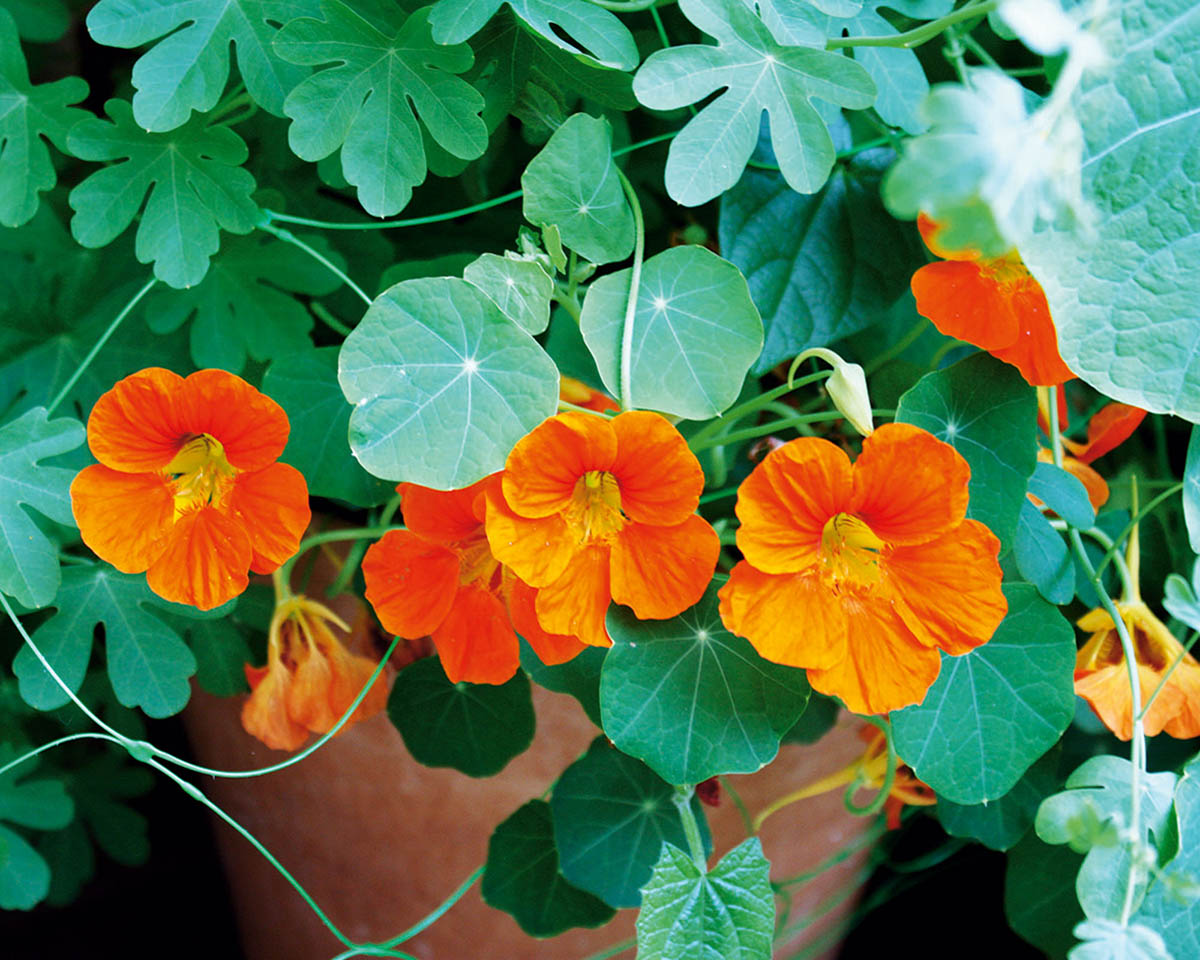
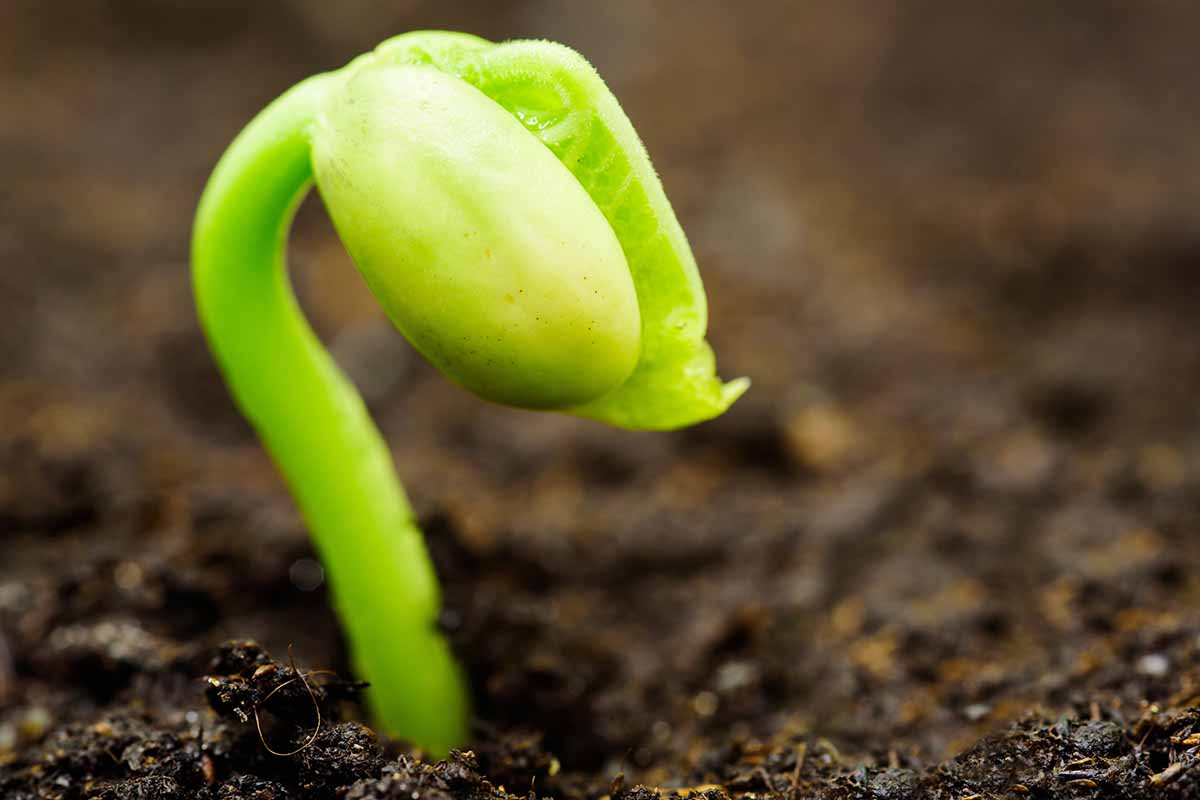
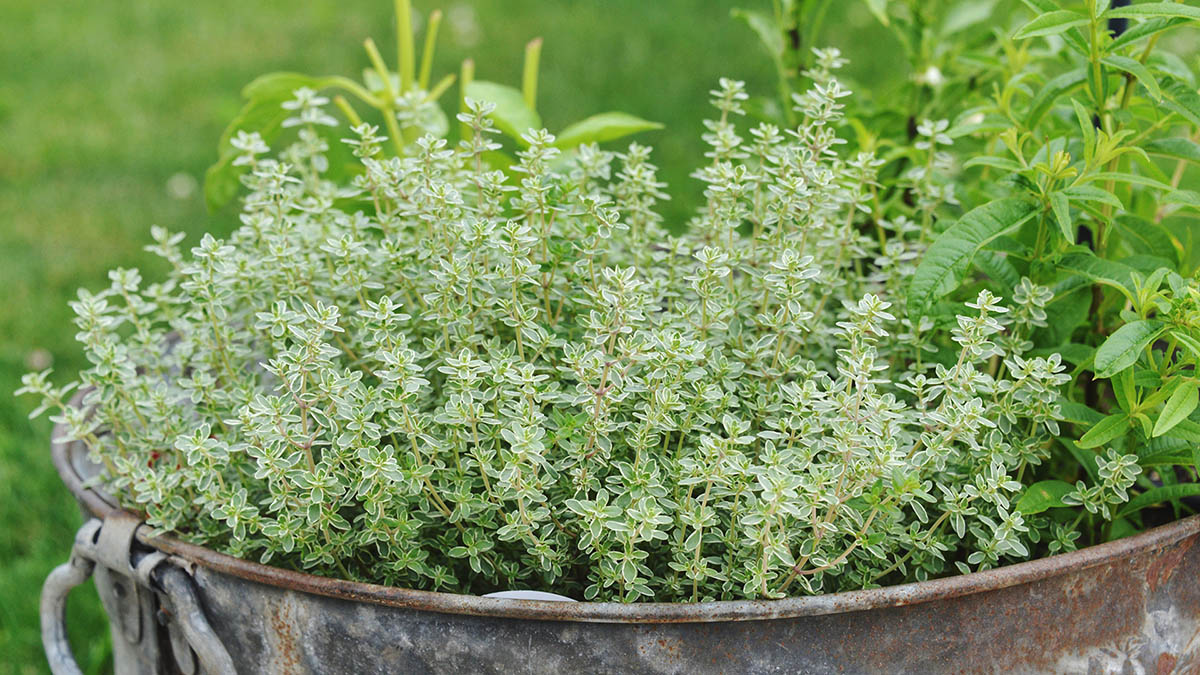
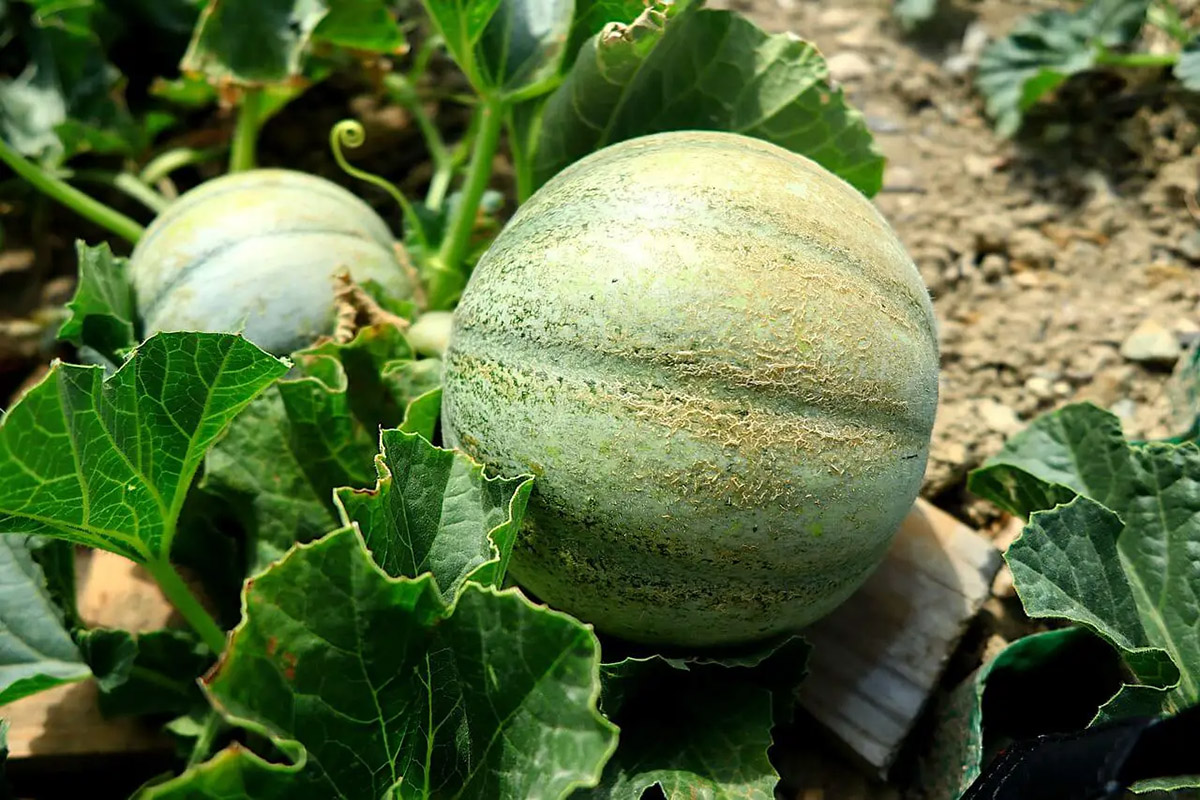
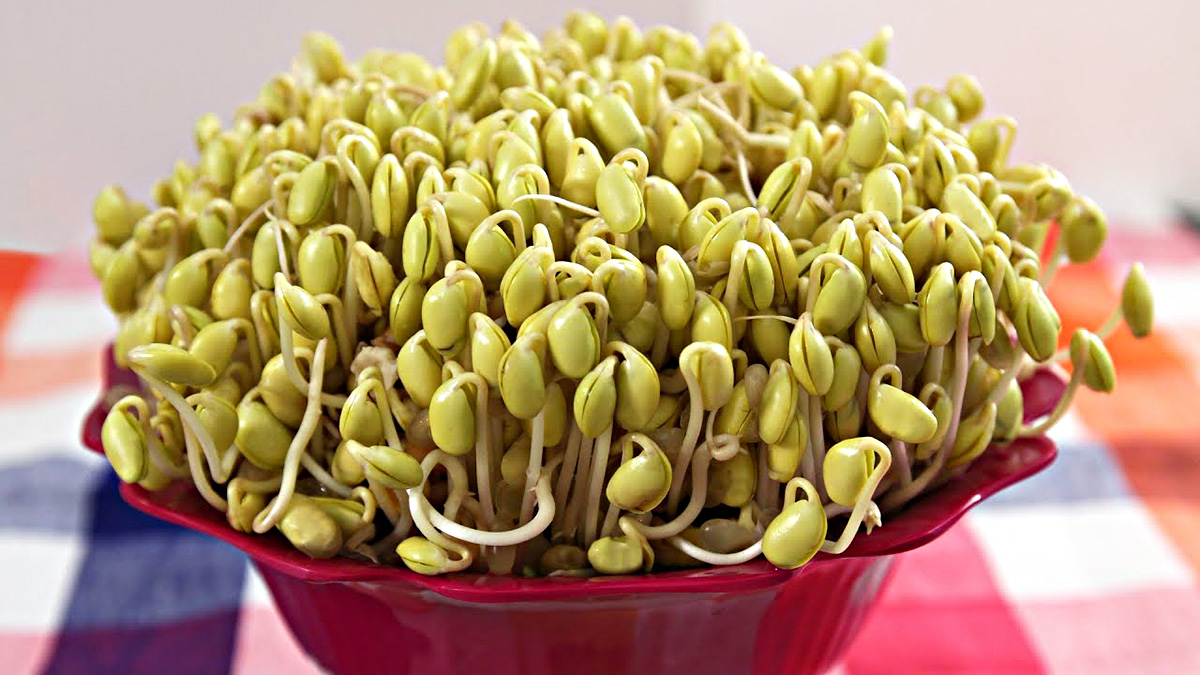
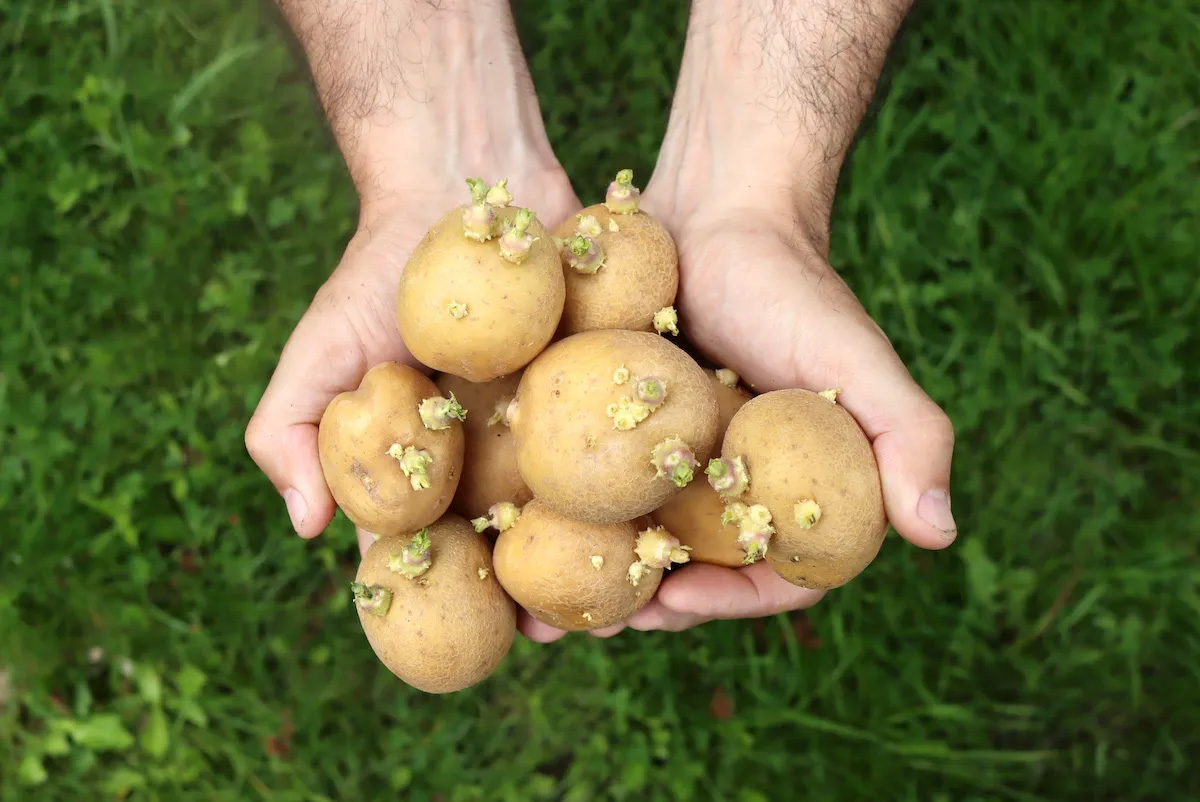
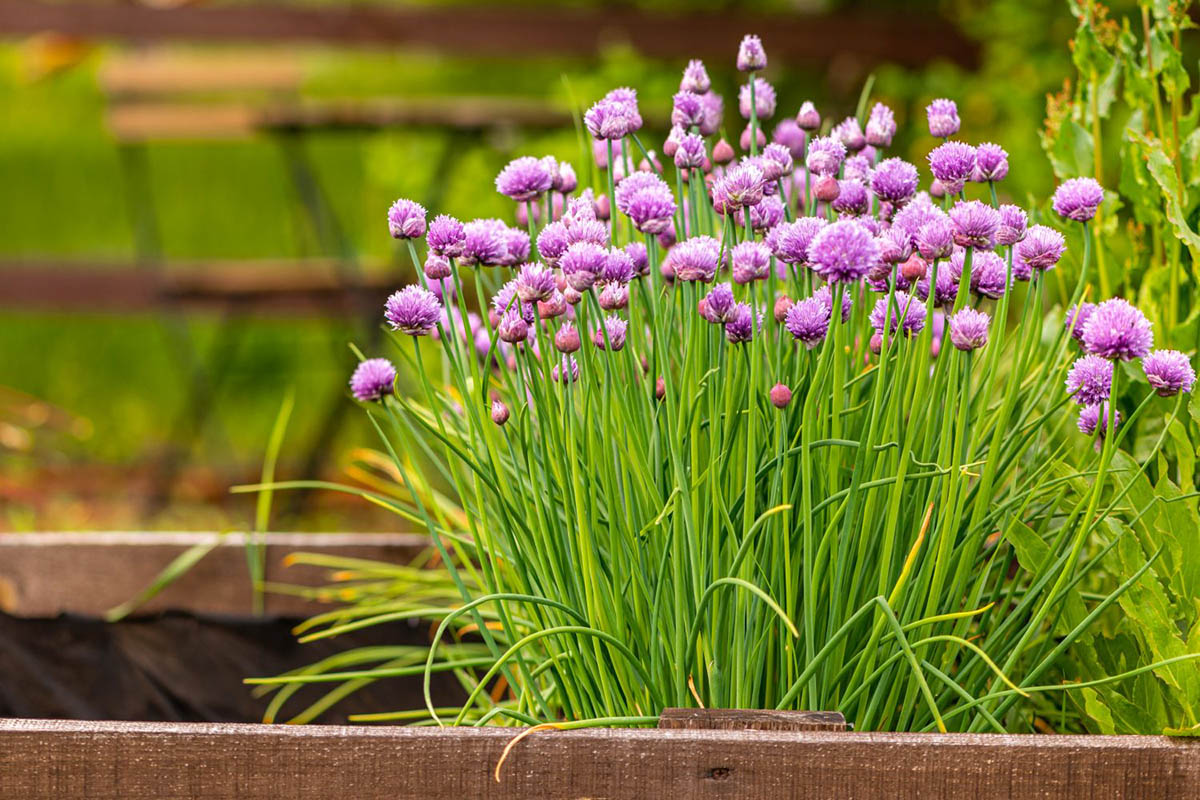
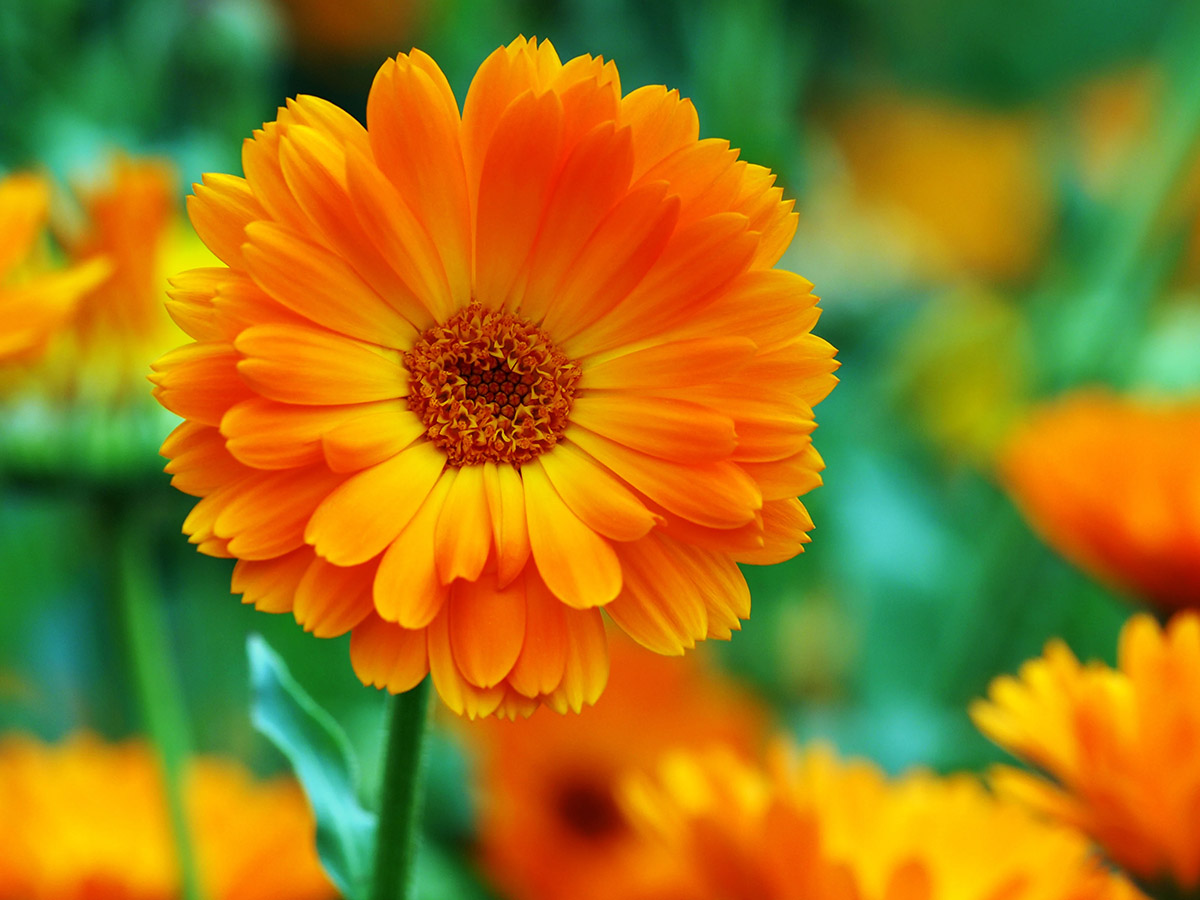
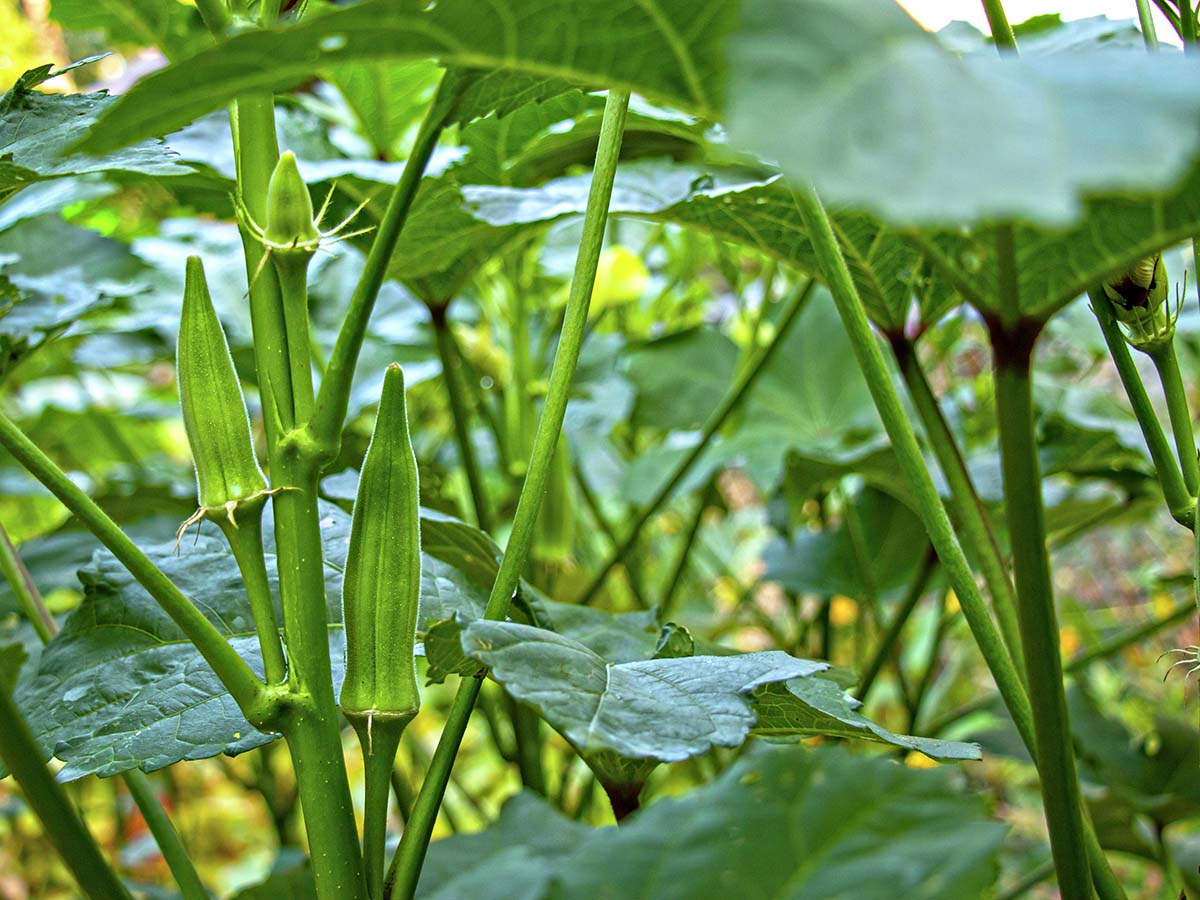
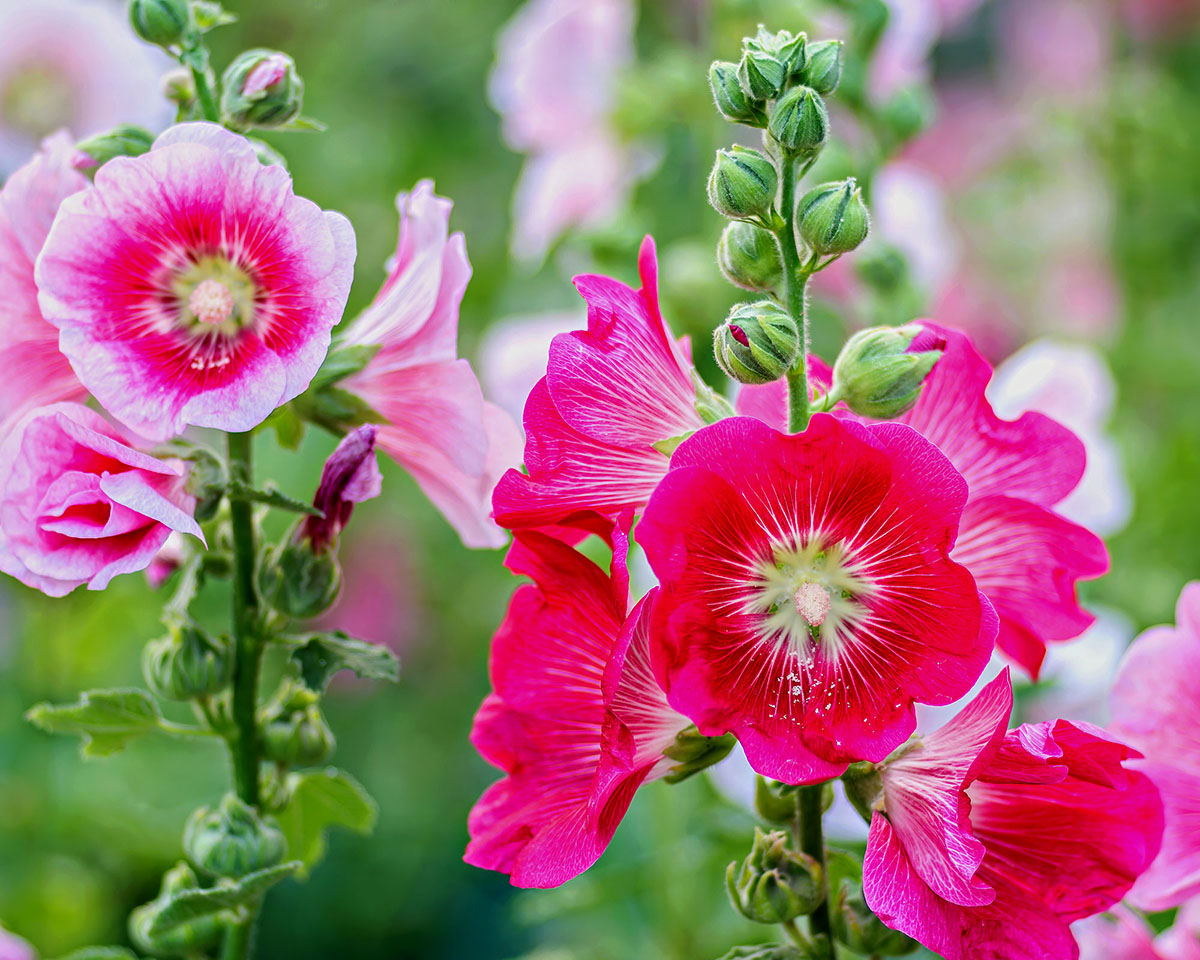
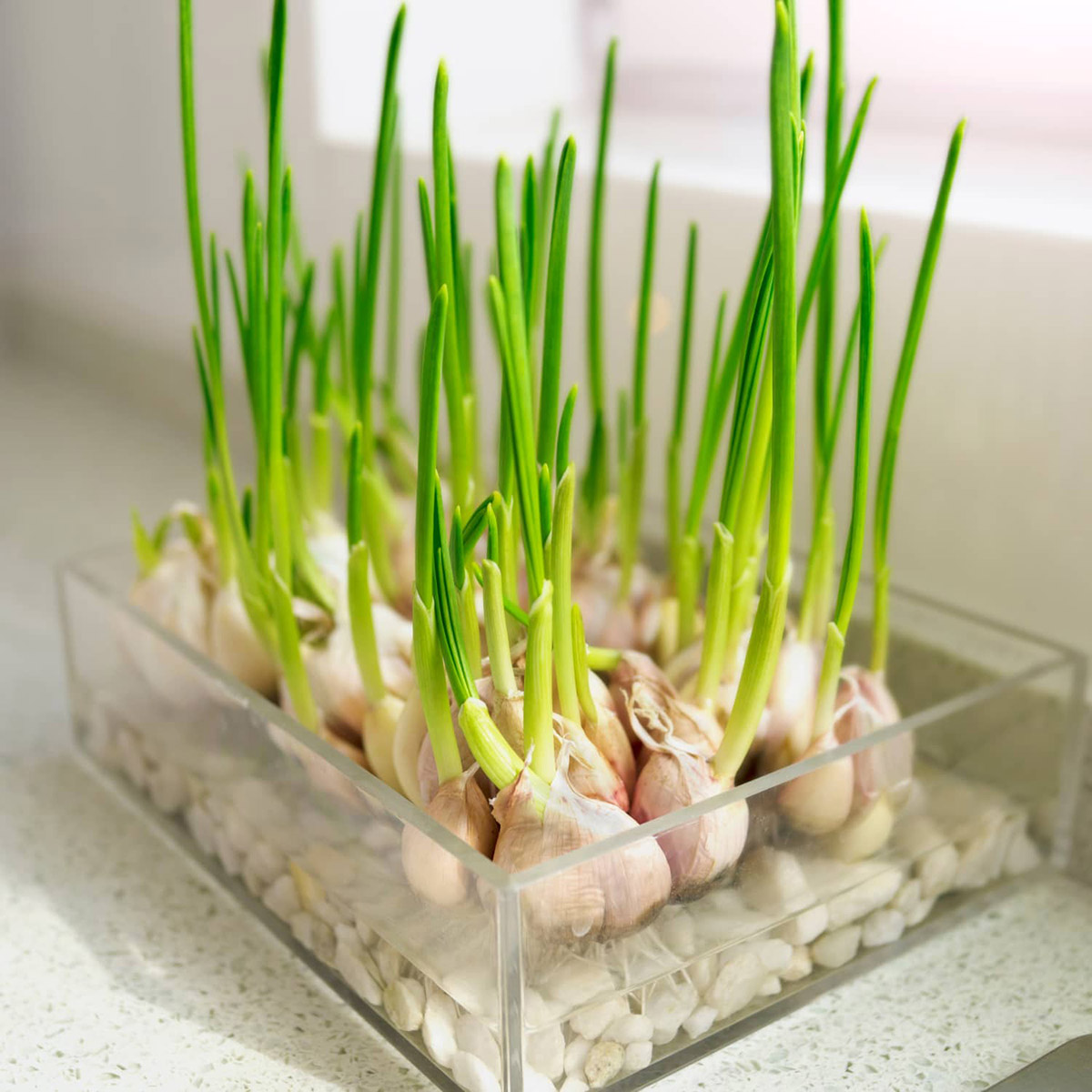
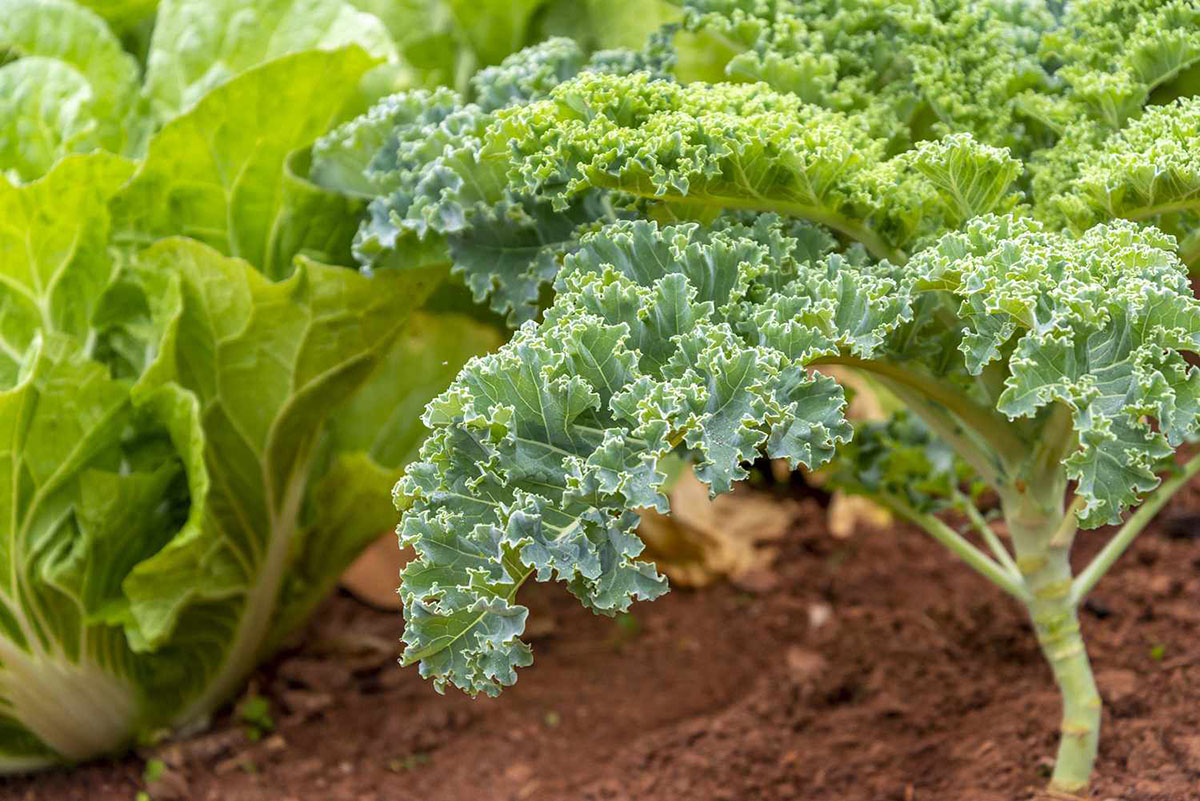
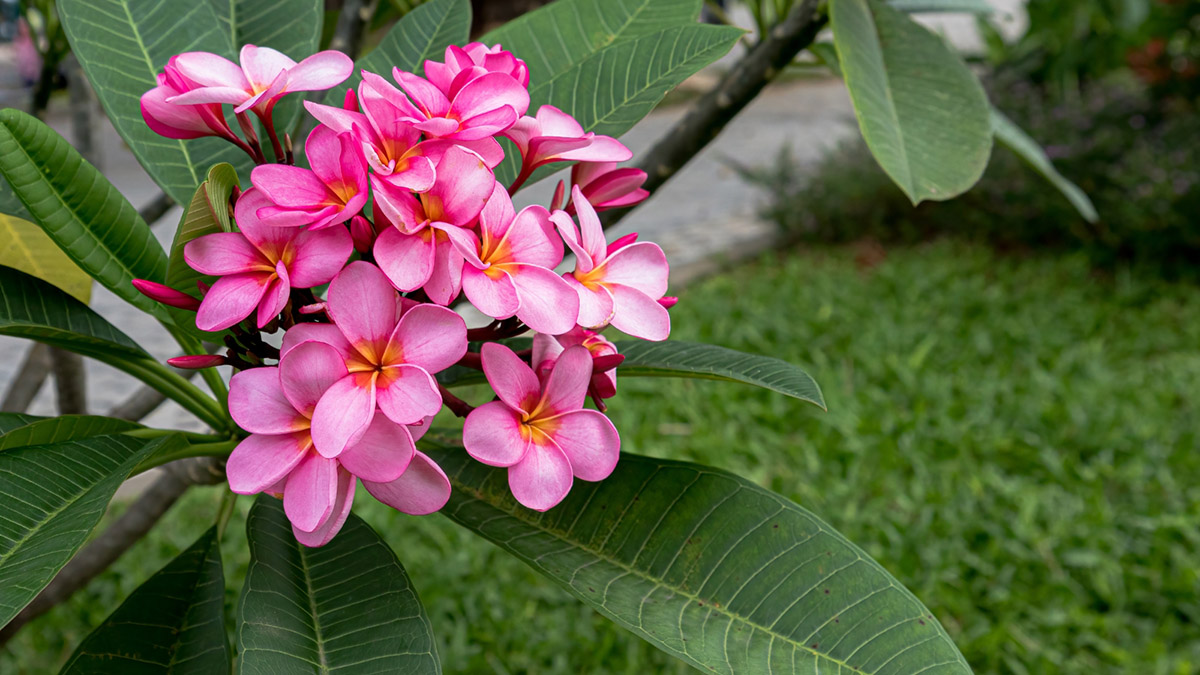


0 thoughts on “How Long Does It Take For Dianthus To Germinate”